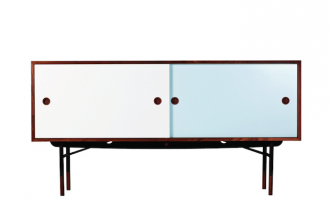
Sideboard
Finn Juhl (1912–1989) was a pioneer within Danish furniture design and the Danish Modern movement. He was well known outside of Denmark early on.

Finn Juhl (1912–1989) was a pioneer within Danish furniture design and the Danish Modern movement. He was well known outside of Denmark early on.
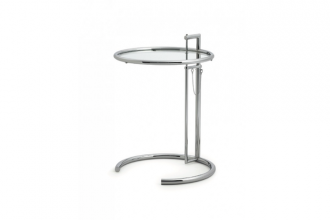
Mentioned in the same breath as Le Corbusier, Mies van der Rohe and Marcel Breuer, Eileen Gray (1878–1976) was a leading designer of tubular steel furniture designs.
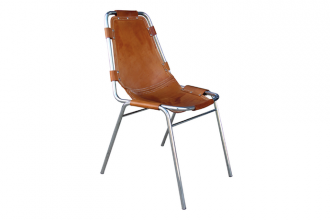
French architect and designer, Charlotte Perriand (1903-1999) took part in the design of the ski resorts of Les Arcs in Savoie and designed this beautiful chair in the 60′s.

Yrjö Ilmari Tapiovaara (1914-1999) was a Finnish designer noted for his furnishings and textiles. Designed in 1956, the Mademoiselle chair is a true Finnish design classic.
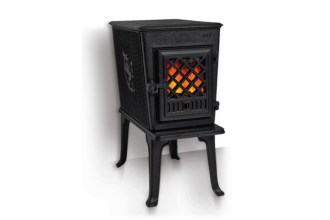
Founded in 1853 by Oluf Onsum as Kværner Jernstøberi (Kværner Foundry), Jøtul AS is a Norwegian limited company that manufactures cast iron stoves and fireplaces.
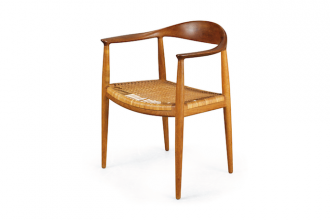
Hans Wegner (1914-2007) was a famous Danish furniture designer, who contributed to the popularity of mid-century Danish design.
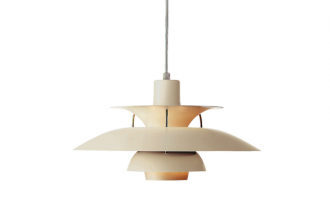
Designed in 1958 by Poul Henningsen, the PH5 pendant by Louis Poulsen is a classic in the history of modern lighting design.

Founded in 1860 by Edmond Frette, Frette is an Italian manufacturer of linens and home furnishings of unparalleled quality.

Founded in 1961 by creatives Christiane Gautrot, Desmond Knox-Leet and Yves Coueslant, Diptyque is a luxury goods company that produces a high-end line of scented candles, perfumes, face and body care.

Founded in 1853 in Paris, and previously doing business as Martin (est. 1792), Goyard is a luxury trunk and leather goods maker. Goyard is the oldest such organization in business, predating its main competitor, Louis Vuitton, by one year.
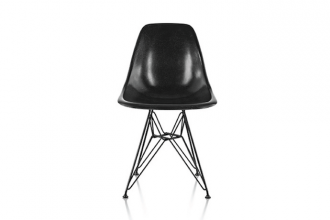
Designed in 1950 by Charles and Ray Eames, the iconic fiberglass chair was intentionally an entry for the ‘International Competition for Low-Cost Furniture Design’.

Designed in 1939 artist and industrial designer Isamu Noguchi, the Noguchi table is an icon of modernist furniture.
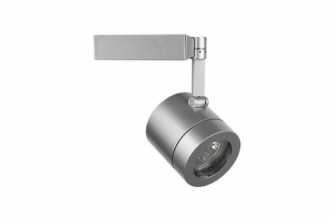
Founded in 1904 by Bernhard Blitzer as New York Gas and Appliance Co., Lightolier is a company that manufactures lighting fixtures.
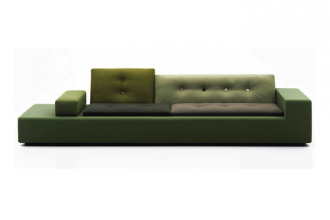
Designed in 2005 by Hella Jongerius, the Polder Sofa is the most iconic asymmetrical sofa, mainly because of its unusual mix of fabrics, colours, industrial elements and craft details.
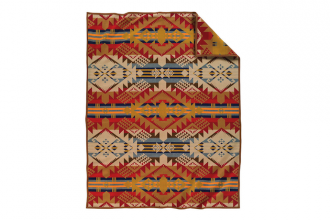
Founded in 1863 by Thomas L. Kay, Pendleton Woolen Mills is an American textile manufacturing company, best known for its iconic Indian blankets.

Designed in 1964 by Helmut Bätzner, the Bofinger Chair was the first one-piece plastic chair to be mass-produced.
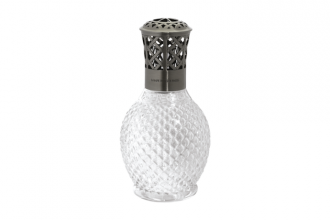
Invented in 1898 by Maurice Berger, Lampe Berger is a fragrance lamp that destroys odors and bacteria by using a catalytic burner to combust an alcohol based fuel.

Designed in 1948 by Danish interior architect Poul Cadovius, the Royal System is considered the world’s first wall-mounted shelving system.
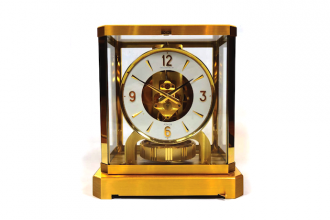
A torsion clock is a mechanical clock which does not need to be wound manually. It gets its energy from changes in temperature and atmospheric pressure, so it can run for years without you having to do anything.

Giancarlo Piretti (1940) studied at the Instituto Statale d’ Arte in Bologna and worked as an interior designer for Castelli. During his twelve years with Castelli, he developed countless innovative furniture designs primarily in the field of seating.

Founded in 1853 by Michael Thonet as ‘Gebrüder Thonet’, Thonet is a European furniture manufacturer, particularly known for their bentwood furniture made with a unique steam-bending technology.

Founded in 1941, Spectrum is one of the oldest Dutch furniture companies still existing. The collection includes design classics from Martin Visser, Gerrit Rietveld and Constant Nieuwenhuijs, all from around 1960, and some newer items by Dutch designers.

Graduated at the Cranbrook Academy of Art, David Lincoln Rowland (1924-2010) was an American industrial designer mostly famous for his 40/4 chair.

Marcel Breuer (1902–1981) was a Hungarian-born modernist, architect and furniture designer, known for his tubular steel furniture designs.

Founded in 1949 by chemical engineer Giulio Castelli, Kartell has always been specialized in making articles of plastic (see also the product category ‘night stand’ on Wikiconic), and is still a leading design firm working with this material.

Founded in 1954 by Aurelio Zanotta, Zanotta is one of the key players in the history of Italian industrial design.
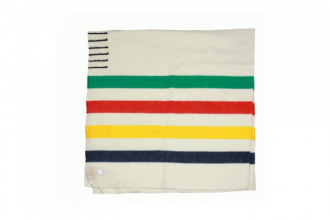
In 1670 the ‘Company of Adventurers of England Trading into Hudson’s Bay’ was incorporated with a royal charter from King Charles II.

Founded in the 1980s by the Marcato brothers, Lapalma is a manufacturer of furniture with a preference for natural, recyclable materials.

Ludwig Mies van der Rohe (1886–1969) was a German-American architect and is widely regarded as one of the pioneers of modern architecture.

In the early 1940s Charles and Ray Eames experimented with wood-molding techniques that would have profound effects on the design world.

Brionvega is an electronics company founded in Milan by Giuseppe and Rina Brion in 1945. Since the sixties, Brionvega showed remarkable innovation and design which was emblematic for Italy in the post war period and economic boom.

Better known under his pseudonym Le Corbusier, an altered form of his maternal grandfather’s name, Charles-Édouard Jeanneret-Gris (1887-1965) was a Swiss-French architect, designer, painter, urban planner, writer, and one of the pioneers of modern architecture.

George Nelson (1908–1986) was an American industrial designer and designed much of the 20th century’s most iconic modernist furniture.
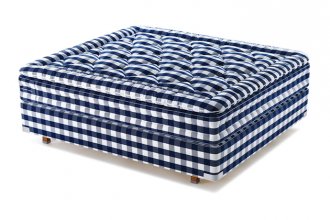
Founded in 1852 by Pehr Adolf Janson as a master saddler business, Hästens today is specialized in beds, bedlinen, pillows and lifestyle accessories.

Anna Castelli Ferrieri (1918-2006) was an Italian architect and industrial designer. She is most known for her influence in the use of plastics as a mainstream design for Kartell, a leading Italian furniture company.
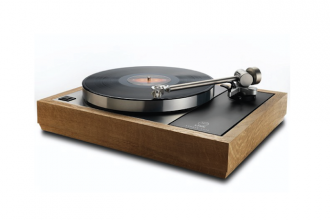
Founded in 1973 by Ivor Tiefenbrun to produce the Sondek LP12 turntable, Linn is a manufacturer of hi-fi, home theatre, and multi-room audio systems.
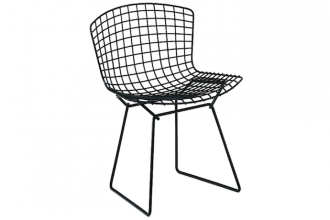
Harry Bertoia (1915-1978) was an Italian-born American artist, sound art sculptor and modern furniture designer.
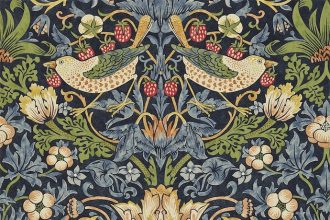
Founded in 1860 in Islington, London by Arthur Sanderson, the company began as an importer of French wallpapers.

Tired of not finding a light adapted to his general mechanics activity, designer Jean-Louis Domecq invented a lamp that could perform well under heavy duty circumstances.
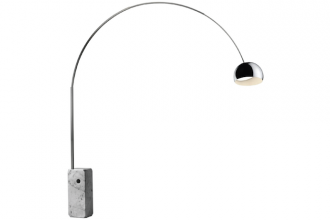
Designed by Achille Castiglioni in 1962, the much imitated Arco floor lamp is inspired by streetlights and is considered a true icon of design.

Mart Stam (1899-1986) was a Dutch architect, urban planner, and furniture designer. Starting in 1925, Stam experimented with gas pipes that he connected with flanges and developed the principle of the cantilever chair: a chair that no longer rests on four legs.

Charles (1907–1978) and Ray Eames (1912–1988) were American designers who made major contributions to modern architecture and furniture.

Florence Knoll Bassett (born May 24, 1917) is an American architect and furniture designer who studied under Mies van der Rohe and Eero Saarinen at Cranbrook Academy of Art.
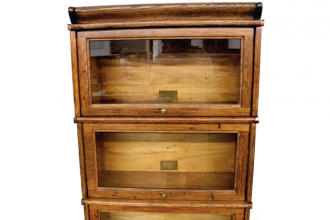
Founded in 1899, as a result of the merge of Globe Files (1882), owned by Henry Yeiser, and Wernicke (1893), owned by Otto Wernicke, Globe-Wernicke is best known for their sectional bookcase system.
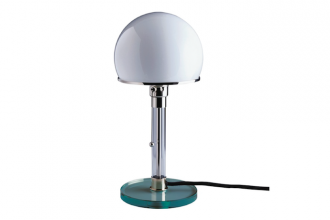
Wilhelm Wagenfeld (1900-1990) was one of the most important industrial designers of the 20th Century, and studied under the direction of László Moholy-Nagy in Bauhaus.

Founded in 1932 by Harry Roberts and Leslie Bidmead, Roberts Radio Ltd. quickly established a solid reputation for their high-quality portable radios.

Born in Augsburg, Otto Blümel studied architecture at the Technical University of Munich and then took up painting.
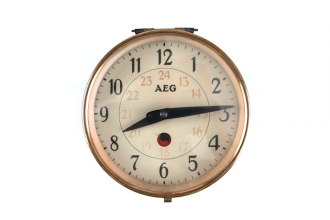
Peter Behrens (1868-1940) was an influential architect and designer who combined art, industry, and technology to create objects for everyday use.

Designed by Poul Henningsen in 1958 and manufactured by Louis Poulsen, the Artichoke grew out to become…

Trained as a craftsman in wrought iron, Jean Prouvé opened his own workshop ‘Ateliers Jean Prouvé’ in 1923…